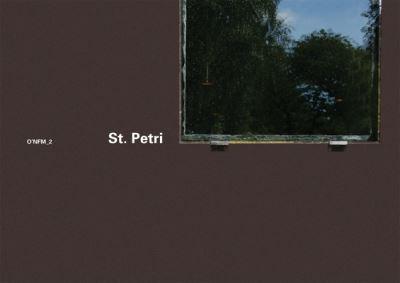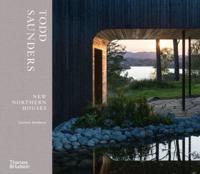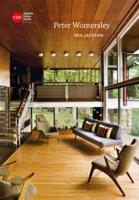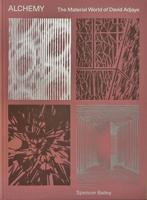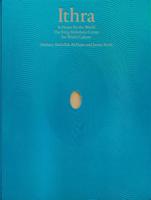Publisher's Synopsis
Klippan is a village located in the rural south of Sweden for which, in 1962 at the age of 77, Swedish architect Sigurd Lewerentz was invited to design a church. It was to become his most important commission. St. Petri Klippan is both a modern as well as an archaic structure. The brickwork with its irregular mortar joints, its dark colour and the light-absorbing interior, is modern in its vertical surfaces and archaic in its vaulting. To this day and for many architects searching for a reflective constructional basis for contemporary architecture, St. Petri Klippan is an ideal for another contemporary architecture: one that is matter-of-factual and poetic at thesame time, clear and mysterious, immediately present as well as recessive, credible as architecture as much as it is background to the primary experience.This second O'Neil Ford Monograph reproduces extensive hitherto unpublished archival material as well as the results of a measured survey of the main church with a selection of details by students of the School of Architecture at The University of Texas at Austin. The monograph opens with three essays: the discursive context, its significance and its constructional history. It concludes with a comprehensive selection of photographs.
